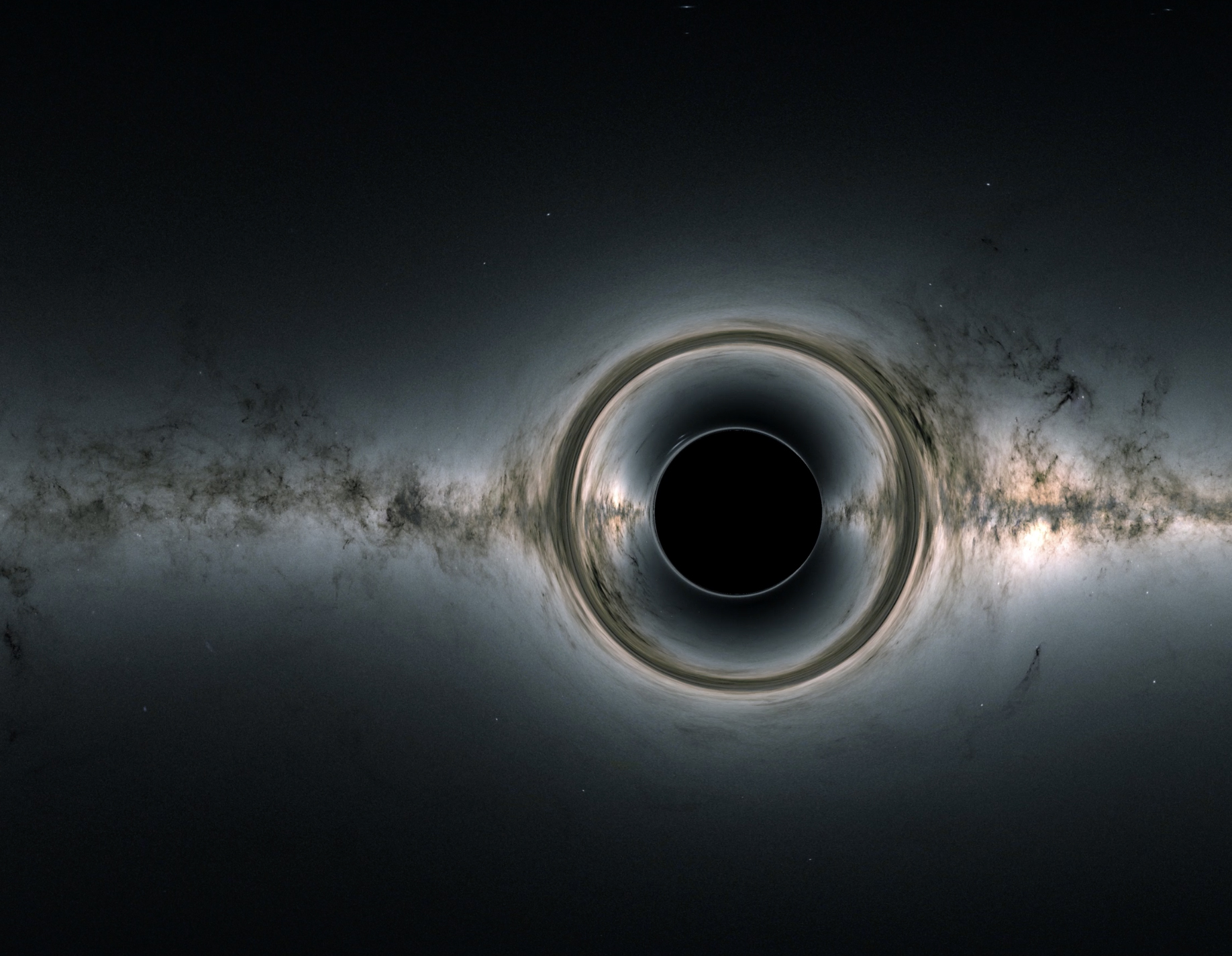
One way or another, we’re going to learn a lot more about the way stars vibrate. If the speed of light travels at 186,282 miles per second, it would take a whopping 37,200 human years just to travel one light year. To put that into perspective, a spaceship travels at around five miles per second. Miniature black holes may be hitting Earth once every 1,000 years.

This is mainly because of the sheer distance they are from us, with the Milky Way's black hole 26,000 light years away, so there's no danger of being pulled in. Most famously, black holes were predicted. So a more promising approach, say Kesden and Hanasoge, is to look at the way other stars oscillate.Īnd as luck would have it, astroseismology is an infant science that is rapidly maturing thanks to the observations being made by spacecraft such as CoRot and Kepler which can see other stars oscillating. In the early universe, high densities and heterogeneous conditions could have led sufficiently dense regions to undergo gravitational collapse, forming black. It is incredibly unlikely a black hole will hit Earth. The idea of an object in space so massive and dense that light could not escape it has been around for centuries. However, primordial black holes are likely to be rare, which means that collisions with Sun will be few and far between. You can bet that solar scientists will be pouring over their data right now to see if they’ve missed the telltale signs of a black hole collision. Their conclusion is that the oscillations ought to be visible with today’s solar observatories as a kind of solar hiccup.

Today, they calculate what these oscillations would look like. And interest in them has rocketed once again following the July 18, 2022, discovery of the first black hole outside the Milky Way.

This is mainly because of the sheer distance they are from us, with the Milky Way's black hole 26,000 light years away, so there's no danger. He came up with the idea that the radius within which an object became a black hole could be calculated by doubling the object's mass, multiplying it by the universal gravitational constant, and dividing the entire th. Instead, Kesden and Hanasoge say that the collision would generate supersonic turbulence that would set the Sun ringing like a bell. BLACK holes have mystified scientists for decades with their space and time bending secrets. It is incredibly unlikely a black hole will hit Earth.


 0 kommentar(er)
0 kommentar(er)
